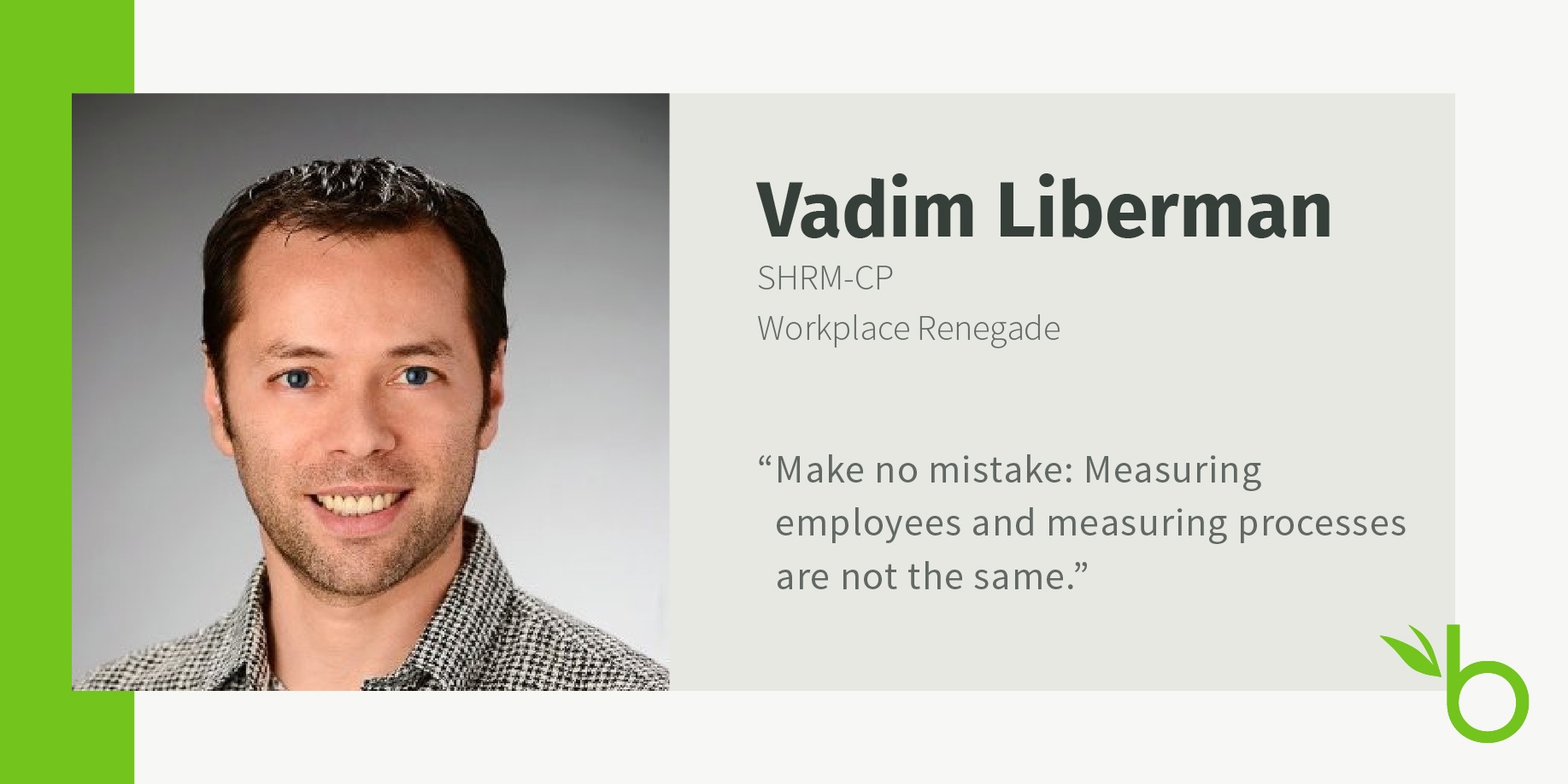Time to Hire vs. Quality of Hire: HR Expert Roundtable
Welcome to the third installment of our HR experts panel (here’s part one and here’s part two). Today we’re discussing quality of hire and the relationship it has with time to hire.
Time-to-hire statistics are pretty straightforward: they measure how long it takes to hire for a specific position. As you may or may not be painfully aware of, it takes significantly longer to hire in the modern workforce than it did previously, and any recruiting team that can hire the right people faster will gain an edge over their competition.
The key, of course, is to hire the right people—a generous father can hire his son faster than you can say nepotism, but that doesn’t mean he’s hired well. So, while time-to-hire numbers can imply some level of hiring efficiency, they do not provide insights regarding the quality of hire (since the latter deals with the performance and tenure of the hire after they begin their work).
Time to Hire vs. Quality of Hire
Recruiters are pressured to do both: get new employees in the door quickly while making sure they’re the right people for their positions. Striking this balance is critical. So, let’s see what wisdom we can glean from the experts.
We recently asked our HR expert friends the following question: How do you measure quality of hire, not just time to hire? Here are their replies:
Vadim Liberman:
“When pondering this question, many people’s eyes go straight to the word “quality.” And therein lies the problem. Companies would be better off focusing first on “hire.” What do we mean by the word? Are we talking about the quality of new hires or the quality of the hiring process?
“For instance, while performance reviews address the former, metrics like turnover rates apply to the latter. As a result, “quality of hire” is a misleading catch-all that fails to catch anything.
“Even after splitting the two definitions, if quality of new hires seems hard to measure, it’s probably because you’re trying to strip subjectivity out of the calculation. We do this all the time. Take performance management. We try to pretend that our kaleidoscope of grids, boxes, ratings, and other numbers are objective. We think that just because we can apply these measurements to everyone means that they are precise.
“They’re not. Uniformity does not equal objectivity or accuracy.
“Performance management is a good analogy because when it comes to measuring quality of hire, it’s probably your best yardstick. That is, you measure new hires similarly to how you measure any employee. Sure, expectations around the work and productivity might differ, but the process should be the same.
“Meanwhile, you can use a range of quantitative data (cost-per-hire, attrition, etc.) to gauge the quality of a hiring process. But ultimately, make no mistake: Measuring employees and measuring processes are not the same.”
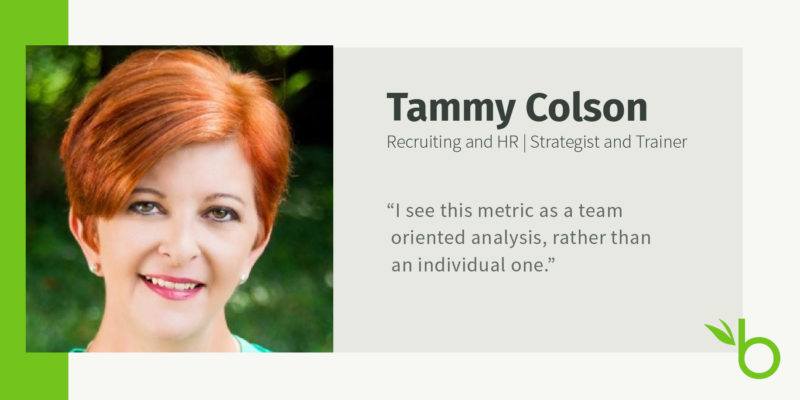
Tammy Colson:
“Quality of hire is the prime metric of collaboration between recruiting and the client (hiring managers). The best way to manage this is through quarterly, annual, and 18-month survey data, from both the hiring manager and the employee, combined with performance feedback. The early feedback should be benchmarked against the job description the new employee is hired on, and then ideally one would have 360-degree or manager performance feedback as an additional data point.
Use our ATS to Find and Hire the Right People Easier
“The interesting thing about quality of hire is that many times it is gauged solely on “do I (the manager) like this hire” or “are they doing the job I hired them for” and creates a grade for the employee in the metric, when the employee should truly be graded on fit for the company, and then balanced against the manager.
“If an employee separates from employment within that 18-month period, strong exit interviews can discover where the hiring process went wrong.
“I see this metric as a team-oriented analysis, rather than an individual one.”
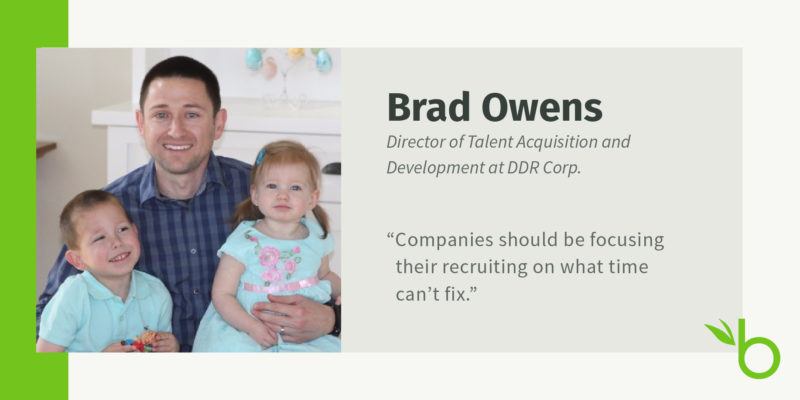
Brad Owens:
“For any given open role, I could have a brand-new employee in that seat by the end of the week. But, in order to get that person, we’re going to need to sacrifice. The sacrifice could be money, skill set, cultural fit, leadership potential, or any other number of characteristics.
“Theoretically, I could get you a recent college graduate to accept the CEO spot at a publicly traded company within a day or two but would you really want that type of candidate? You can see how measuring time to hire may not be the best way to gauge the effectiveness of your recruiting process.
“Instead, companies should be focusing their recruiting on what time can’t fix. You can’t fix how well a candidate aligns with your mission with time. Time won’t fix how well a candidate personifies your core values. Measure your hires by the impact they create on the business. You wouldn’t approve a new opening that has no business case, so why measure your hires against anything else?”
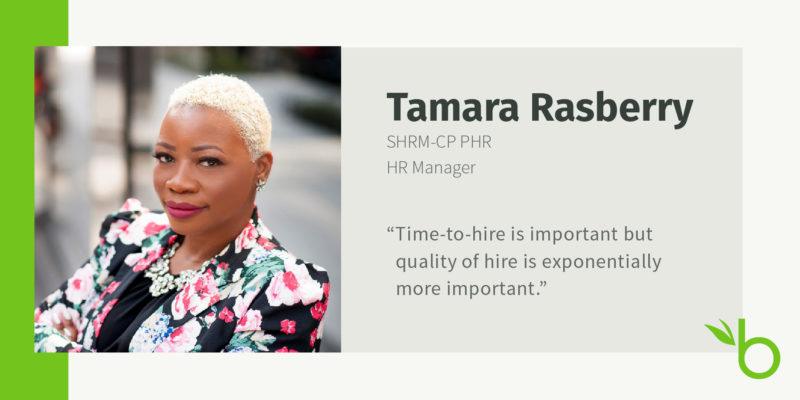
Tamara Rasberry:
“Time-to-hire is important, but quality of hire is exponentially more important. How fast you fill a position doesn’t matter much if you fill it with the wrong person.
“In measuring quality of hire, I like to look at how well the person is performing in their role in 30-90-180 days, how well they are integrating into the culture (not to be confused with assimilating), and how much added value they have brought to the role specifically and the organization in general.
“While some of these may not seem easily measurable, you can implement a system that places values on each of these (similar to a performance management rating scale.) This also helps to ensure consistency across teams and departments regarding how “quality” is being defined and measured.”
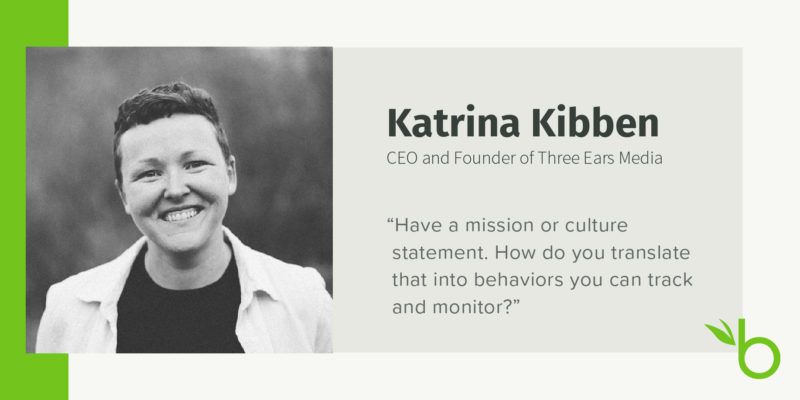
Katrina Kibben:
“Grading quality of hire isn’t just a baseline, it’s more an average of a few different data points including turnover, performance, employee engagement, and cultural fit. While turnover is easy to calculate, the other metrics have to be calculated using 360-degree ratings from peers and managers.
“And no, I don’t mean, ‘On a scale of 1 to 5, is your peer engaged?’
“It’s more work than that. You’ll need to define each of these terms in a measurable way and include three to five questions that help assign values to these otherwise “fluffy” metrics. For example, you have a mission or culture statement. How do you translate that into behaviors you can track and monitor? That will help you find a culture fit “score” rather than trying to measure a question like, ‘Is Sarah a culture fit?’”
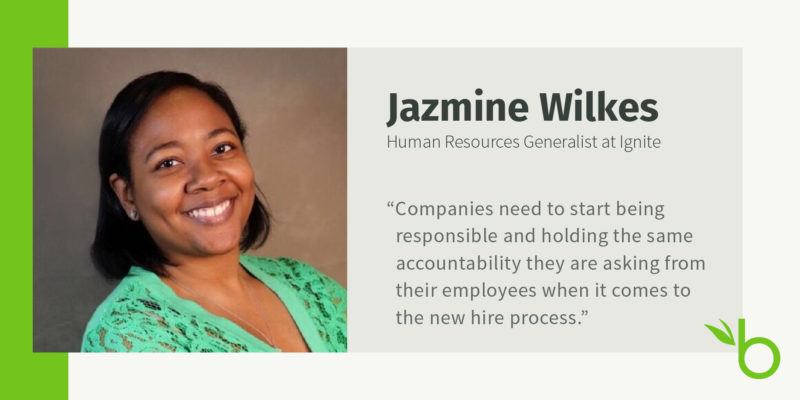
Jazmine Wilkes:
“Measuring the quality of hire begins with having a company that isn’t waiting until the last minute to get new employees. They are being active on social media and checking out candidates who are applying, even when they aren’t actively hiring; they have employees referring their company to people and not the other way around.
“If a company is being proactive in hiring, considers more than just the candidate’s resume and cover letter, and has a quality interviewing process, the quality of hire will improve. Companies need to start being responsible and holding the same accountability they are asking from their employees when it comes to the new-hire process.”
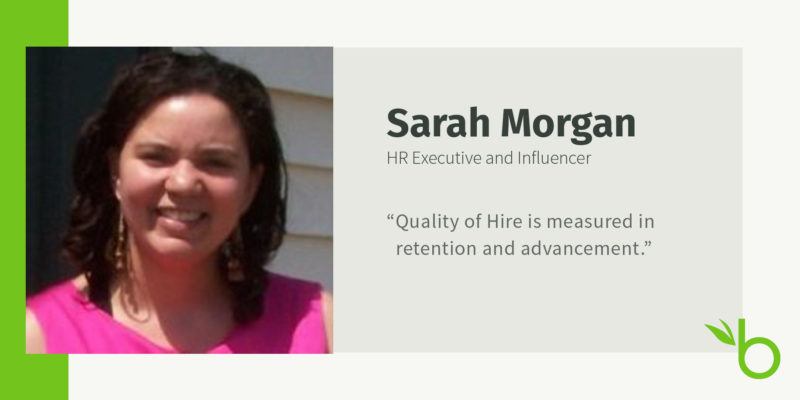
Sarah Morgan:
“Quality of hire is measured in retention and advancement. Time to hire means nothing if the person turns and walks out the door within a few days, weeks, or months. The real measure is how long the person stays, what they do to add value, and how they develop leadership skills while they’re here.”
More HR Expert Wisdom
That’s it for this roundtable on time of hire vs. quality of hire. Speaking of quality and time, if you’d like to spend more quality time immersing yourself in HR goodness, make sure you subscribe to the BambooHR blog. For more hiring content, check out the following:
The Benefits of Internal Recruiting
3 Tools To Optimize Your Recruiting Process
How Employer Branding Affects Recruiting and Retention
5 Processes You Can Automate with Modern Recruitment Software
And if you still want more (Way to be!), chances are you’ll find the HR answers you’re looking for in our content library.
Get caught up every month on all things HR. Don't worry, we promise we won't spam you.
Bryson Kearl is an HR content creator at BambooHR. His role enables him to study HR's impact on organizations, and he is a diehard believer in the vital role HR plays in building company culture to achieve overarching business objectives.



